Ford Unitron
By Jim and Cheryl Farrell
From 1973–78 GM produced and sold motorhomes. Almost 50 years later the design of the GMC Motorhome still looks fresh. During the six years it was produced, fewer than 13,000 were sold. In hindsight, there may not have been a robust market for the GMC Motorhome, and it’s hard to see how it could have been a profitable venture, but GM was on the right track as far as a versatile and good-looking RV. It has not been matched by anything on the road since production ended. Today, people are refurbishing and still using them for their intended purpose.
Although there have been false starts, Ford never produced a motorhome. We know of one that got as far a full-sized fiberglass model and another that was designed at Ford’s request. If there were others, hopefully, someone can enlighten us.
The Ford Unitron, designed at the Ford Styling Center in late 1960, was Ford’s idea of a combination RV with a portable office. It got as far as a full-sized fiberglass model powered by a small electric motor that gave it a top speed of 5 mph. Ford’s Unitron was aerodynamic and “modern looking.” Sixty years later it still looks fresh.
In mid-1960 an executive from Ford Division contacted George Walker, Ford’s chief designer, and asked him to design a recreational vehicle so Ford could get in on the ground floor of what the executive represented was the upcoming RV market. Walker assigned the project to his assistant manager, Elwood Engel. Neither Walker nor Engel thought there was much of a market for a Ford RV, so to hedge their bets, they decided the Ford RV should be cab-forward vehicle based on a passenger car chassis. On one side it was designed with full windows, and the other side looked like a portable office with no windows. Engel had the Unitron designed in his Corporate Advanced studio. The job was assigned to a newly-hired Ford designer, Dean Beck, and his manager Gale Halderman.
The name Unitron was selected by Engel, who also insisted it have big, round Ford taillights. After Beck had designed the Unitron, Engel came to work one day with a box full of different sized cake and pie tins. He held them up against the lower rear of the Unitron and decided the taillights should be the exact size of one of the pie tins.
Ford Engineering wasn’t much help. They didn’t think there was a market for the Unitron and, besides, whatever market there was, they thought was being served by Ford station wagons and the planned 1962 Ford Econoline.
Beck designed the Unitron for a rear engine, although a specific engine was not identified. It was designed to be 200 inches long, 56 inches high, and it had a 95-inch wheelbase. Although the full-sized clay model had doors that included the outer parts of the front bumper, when the Unitron was built in fiberglass, Engel insisted the front doors open from the middle of the windshield using designer Ray Smith’s innovative hinge mechanism. (Ford Division management never got used to the division bar in the middle of the windshield.) Smith also installed the small electric motor on one of the rear wheels and rigged up steering so the Unitron could be driven around the Design Center courtyard.
Even though it was eventually decided there really wasn’t a market for the Unitron, it was so well liked by Styling Center management it was decided to turn it into a Ford show car with a full office-type interior.
Although designers can remember seeing the Unitron until at least the mid-1960s, it was never made into a show car. Walker retired from the Styling Center in 1961. Gene Bordinat, who succeeded him, liked concept and show cars that were less costly modified production cars. Besides, Engel left Ford to become head of Chrysler design in early November 1961. Because he had been involved in its design, there was no chance the Unitron would become a Ford show car.
Looking back, the biggest problem with the Unitron was that people could not stand up inside it as they can in modern RVs, and in GMC Motorhomes. The Unitron suffered from trying to be both a van (portable office) and an RV.
Ford Division dreams of a motorhome/portable office didn’t end with the Unitron. In the late 1960s, former Ford designer Jim Powers was asked to design a 5th-wheel trailer using a new Thunderbird as the tow vehicle. The “bump out” on Powers’ RV/portable office look more complicated than those on modern RVs, but the 5th-wheel trailer itself is most attractive. Ford ultimately passed on the 5th-wheel concept, probably because of the perceived limited market and a general feeling that Ford ought to stick with what it knew best.
Photos: Ford Design
Unitron—Cool name, that.—Gary
Books by Jim and Cheryl Farrell
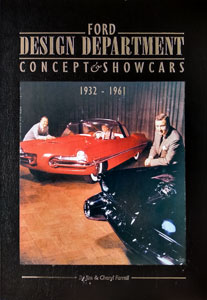
Ford Design Department—
Concepts & Showcars
1999, 10×13, 400 pages, Fully indexed
900 photos. Includes 150+ designers and sculptors, and highlights 100 concept cars.
ISBN 0-9672428-0-0
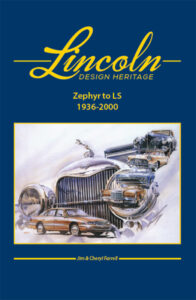
Lincoln Design Heritage:
Zephyr to LS (1936-2000)
2021, 10×13, 480 Pages, Fully Indexed
1,600 photos and illustrations
ISBN 978-0-9672428-1-1
The Ford book is $50 plus $7 S&H (US). The Lincoln book is $85 plus $10 S&H (US). Both books bought together are $110 plus $17 S&H (US). To order, email: cfarrell57@gmail.com

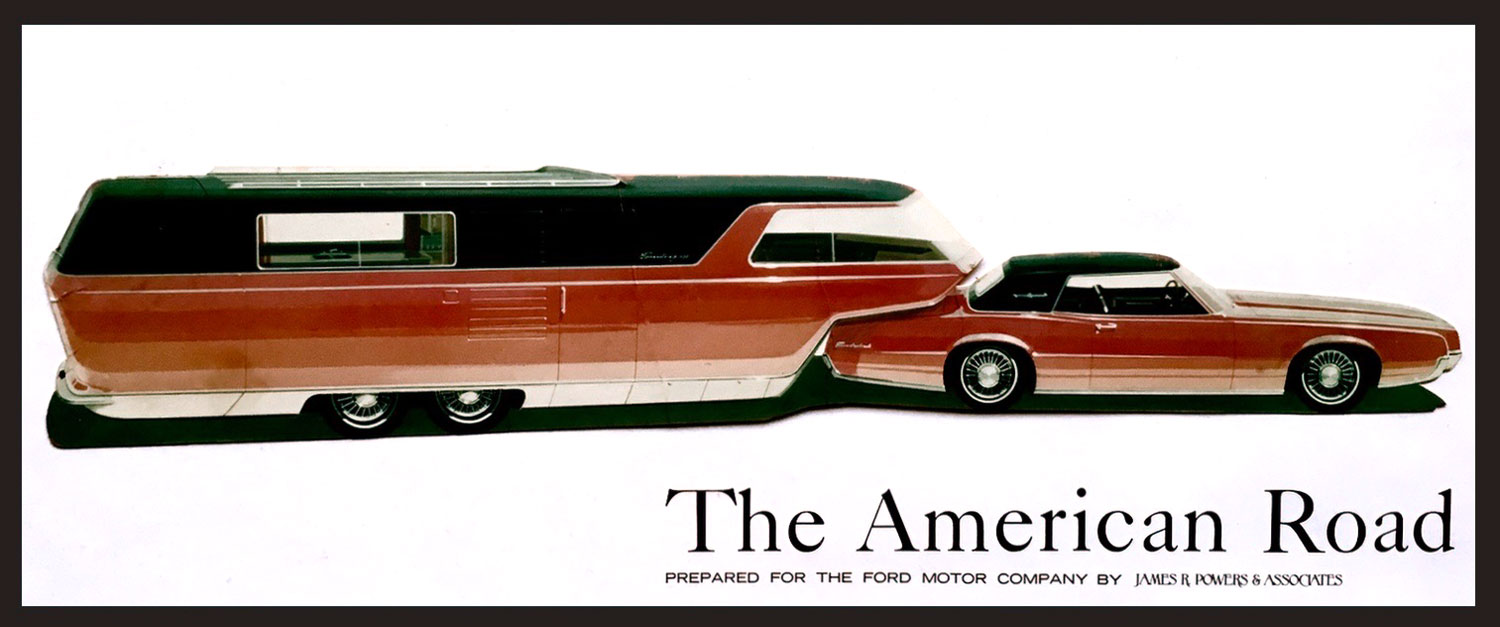
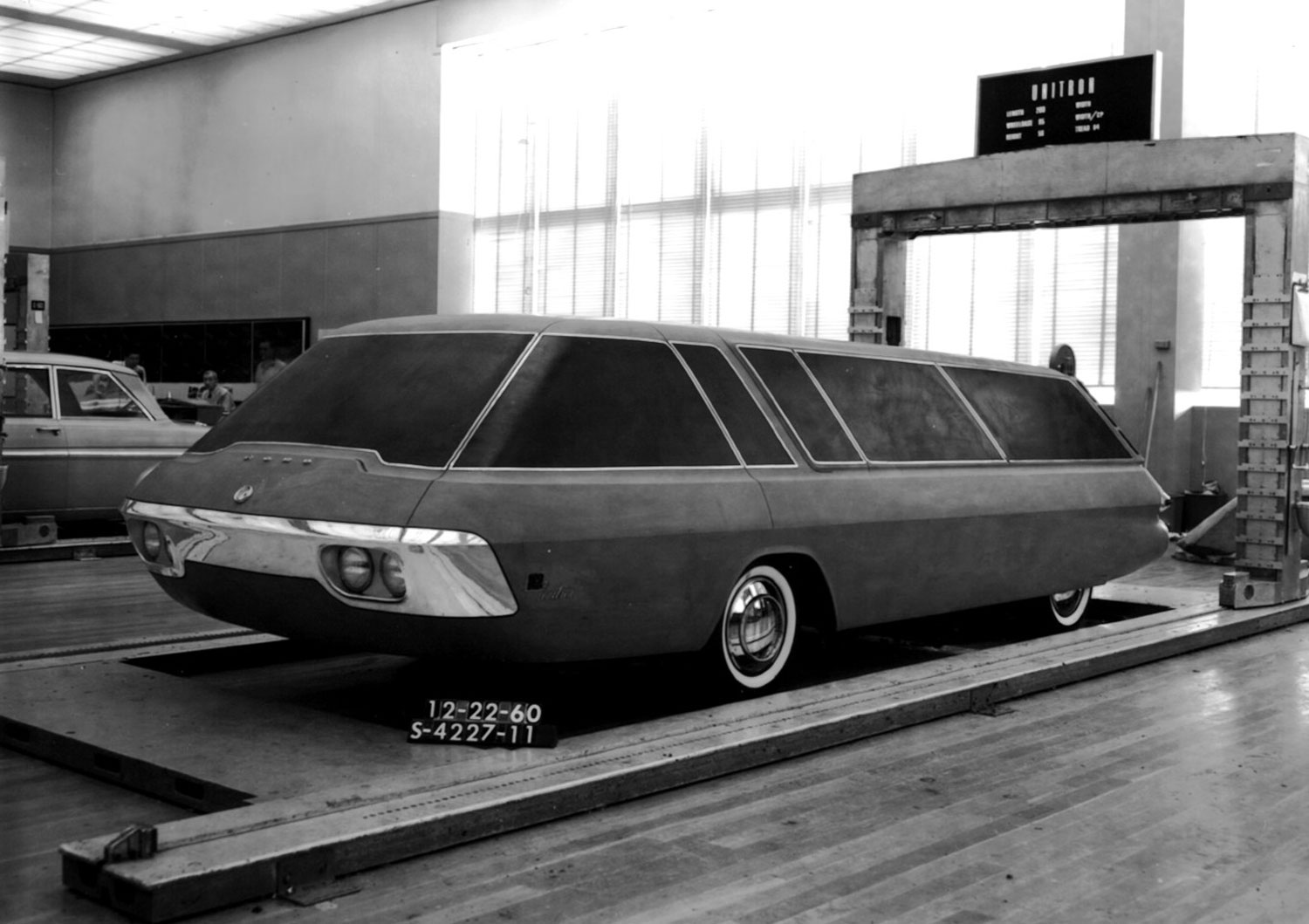
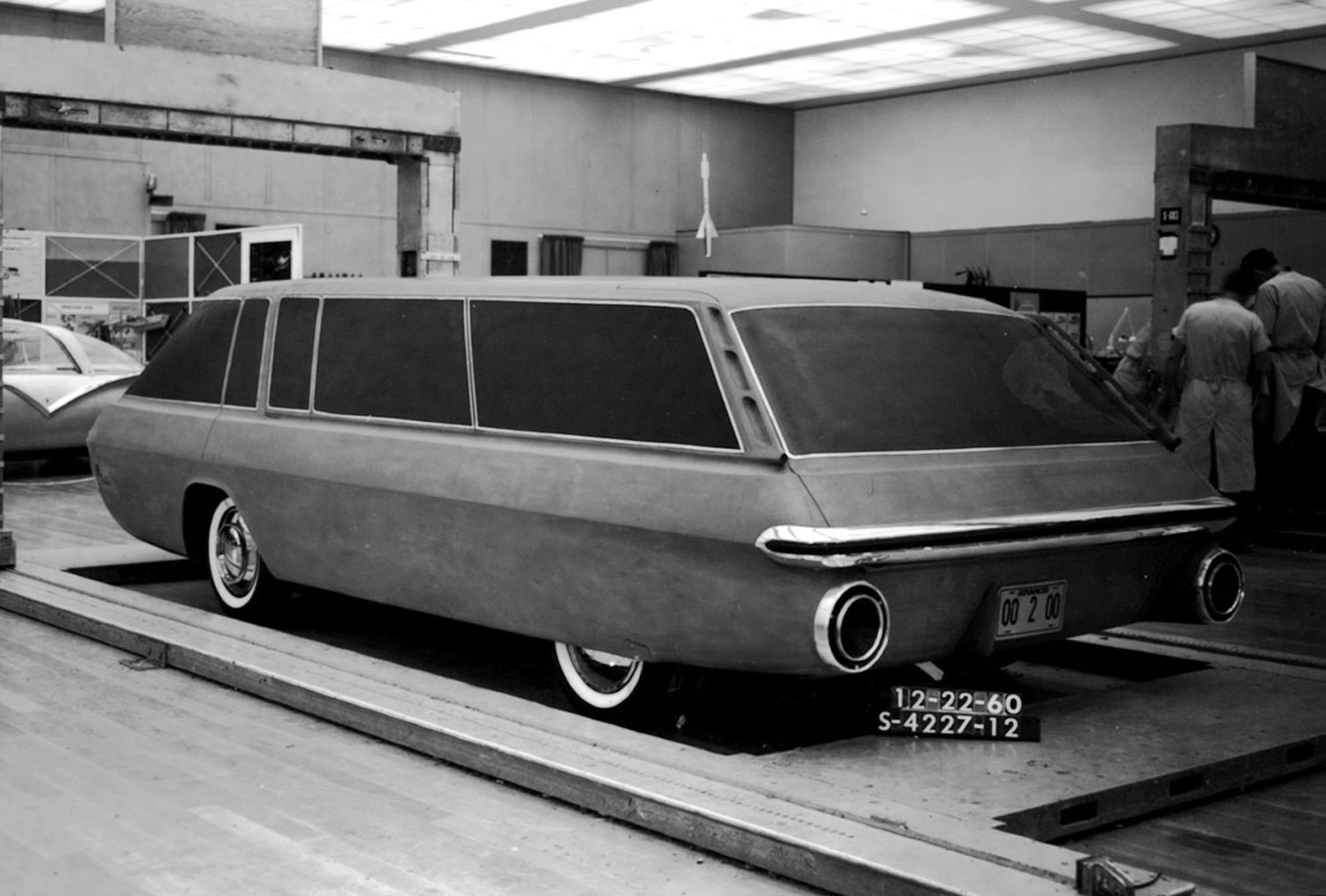
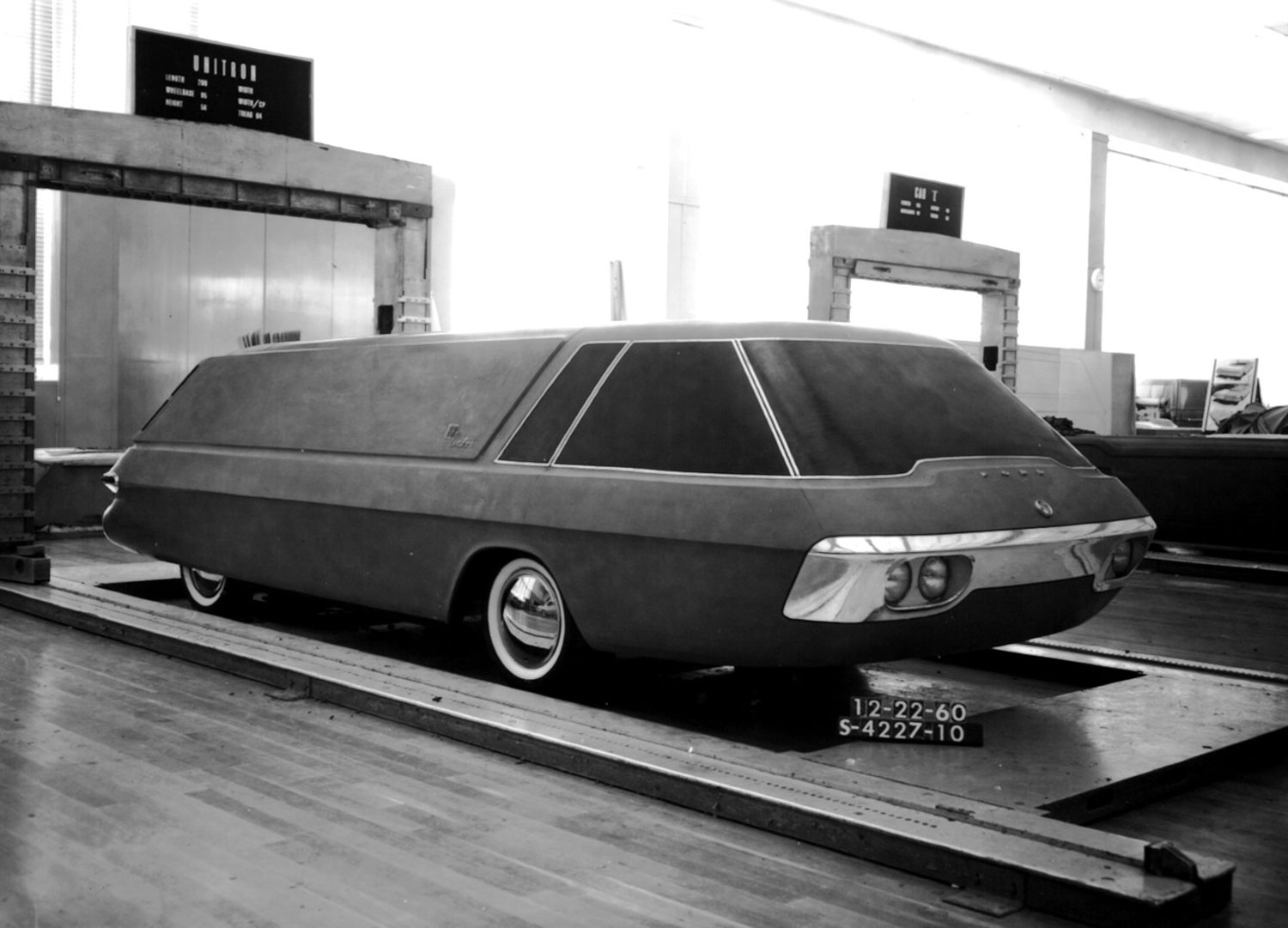
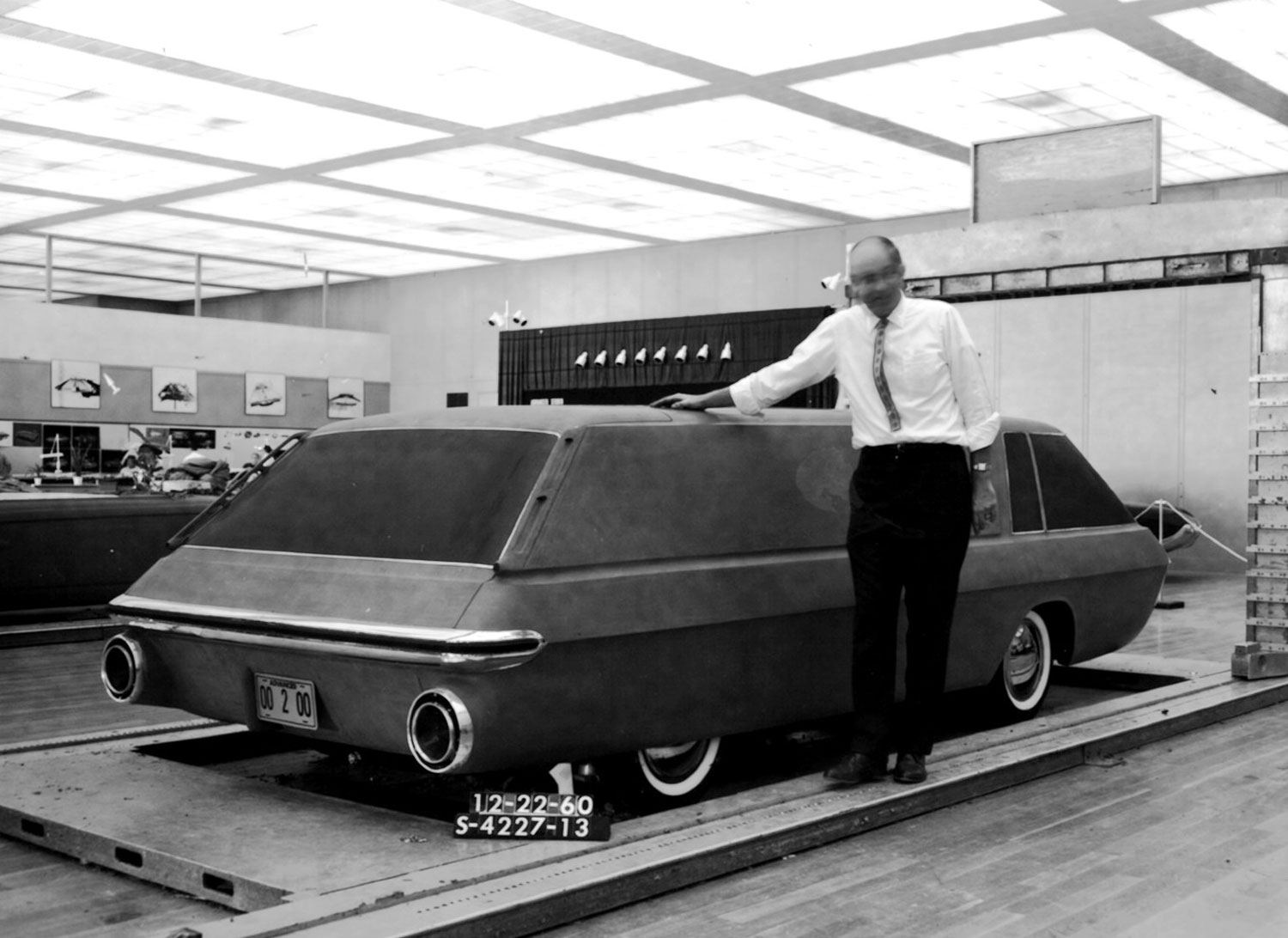
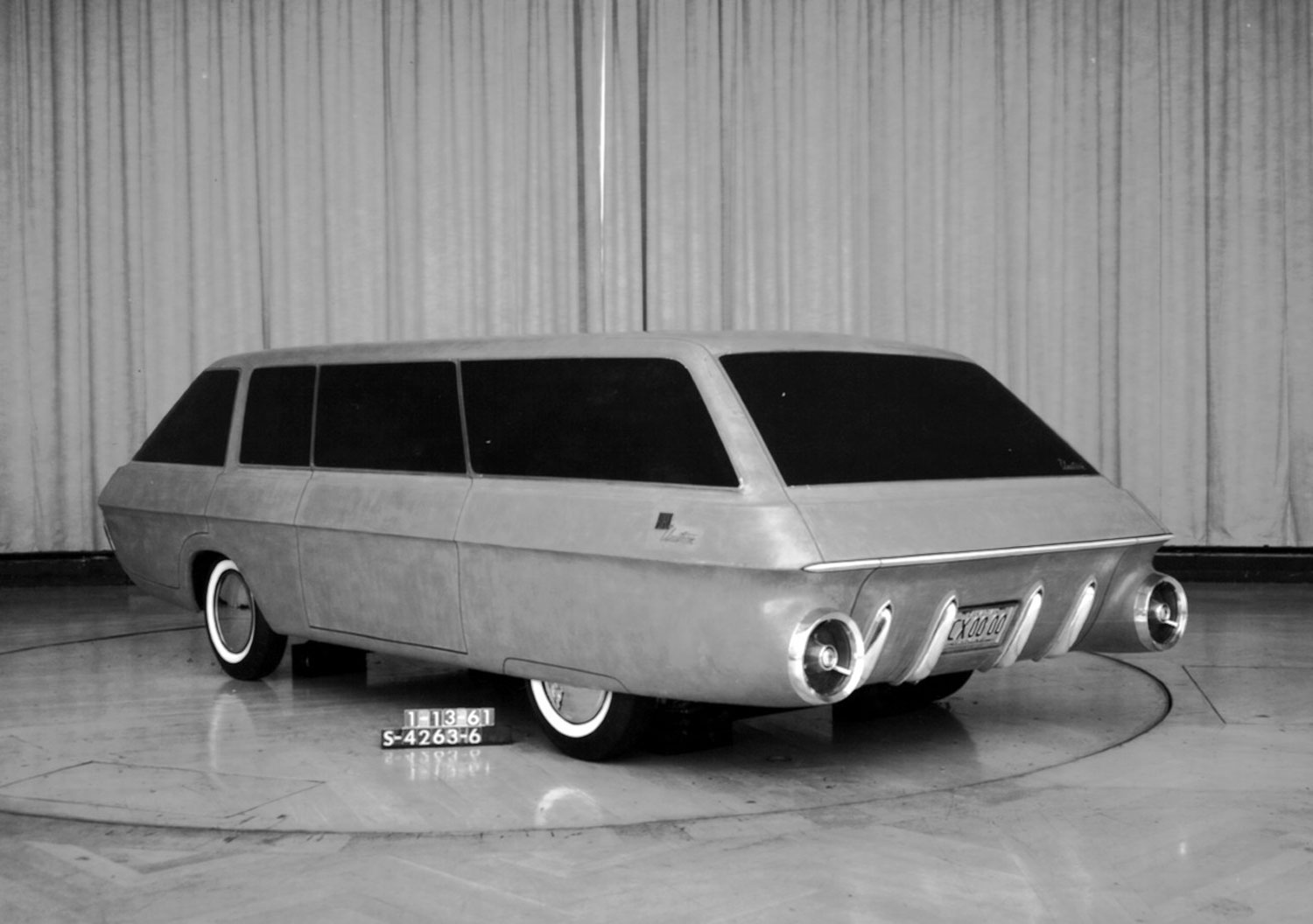
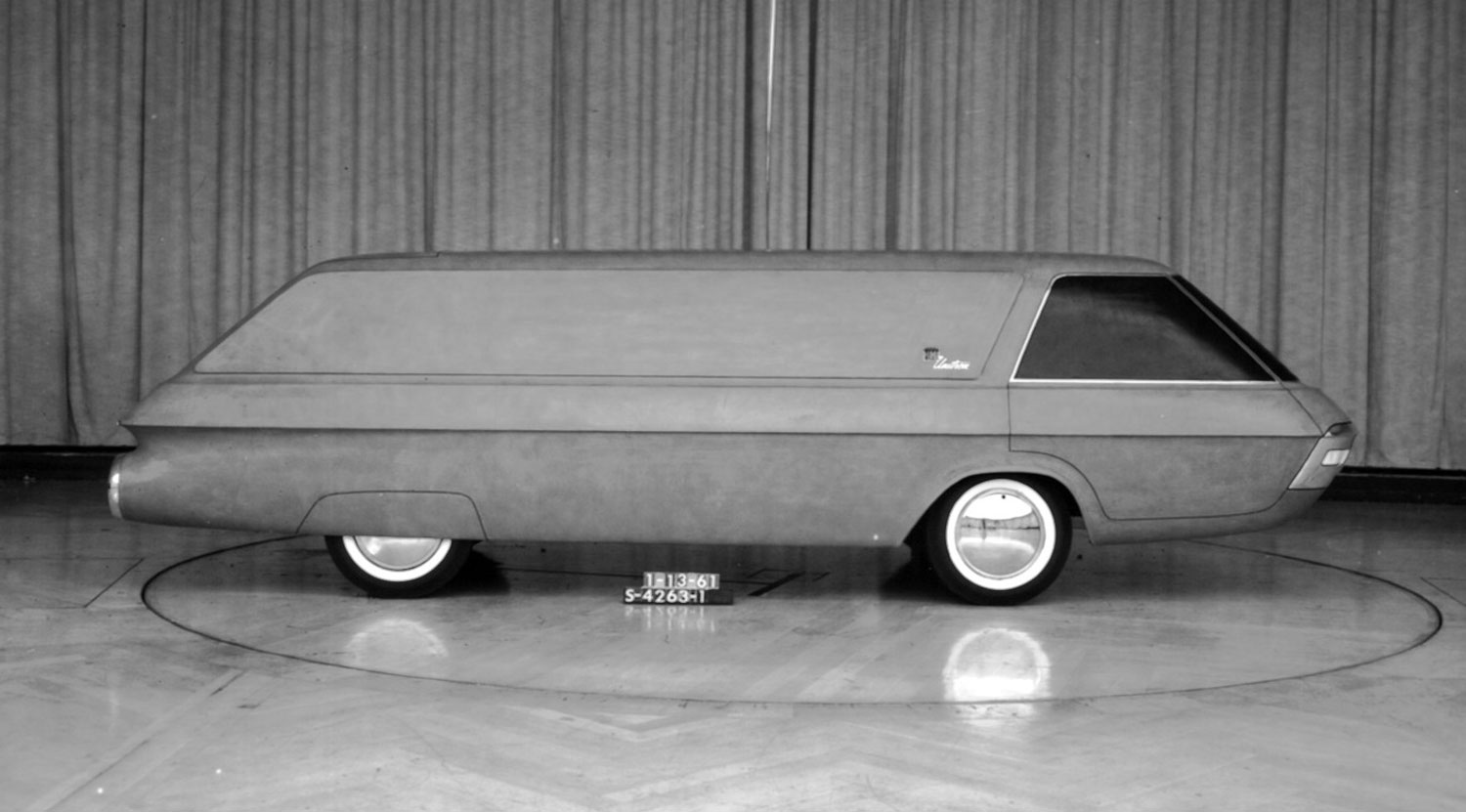
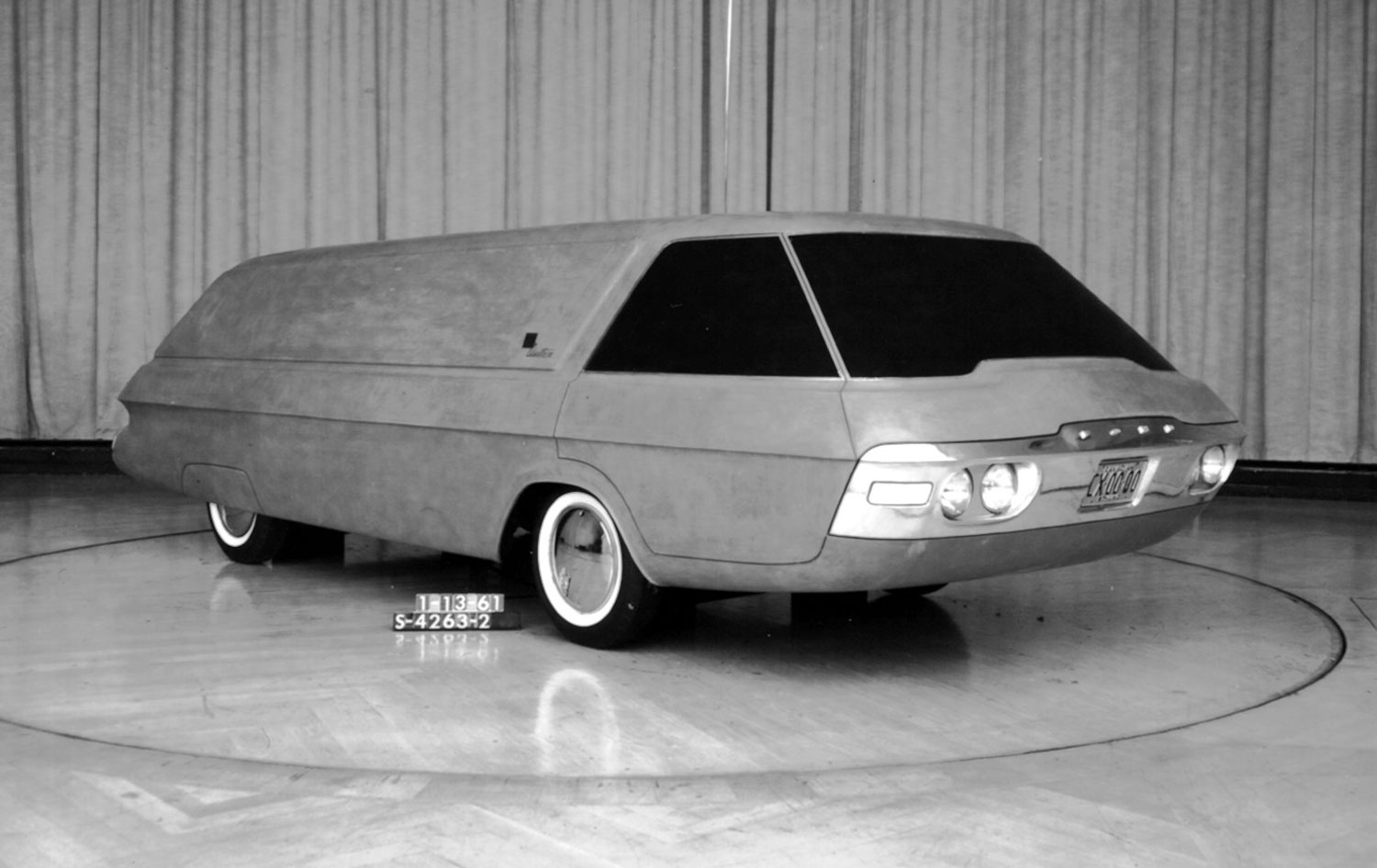
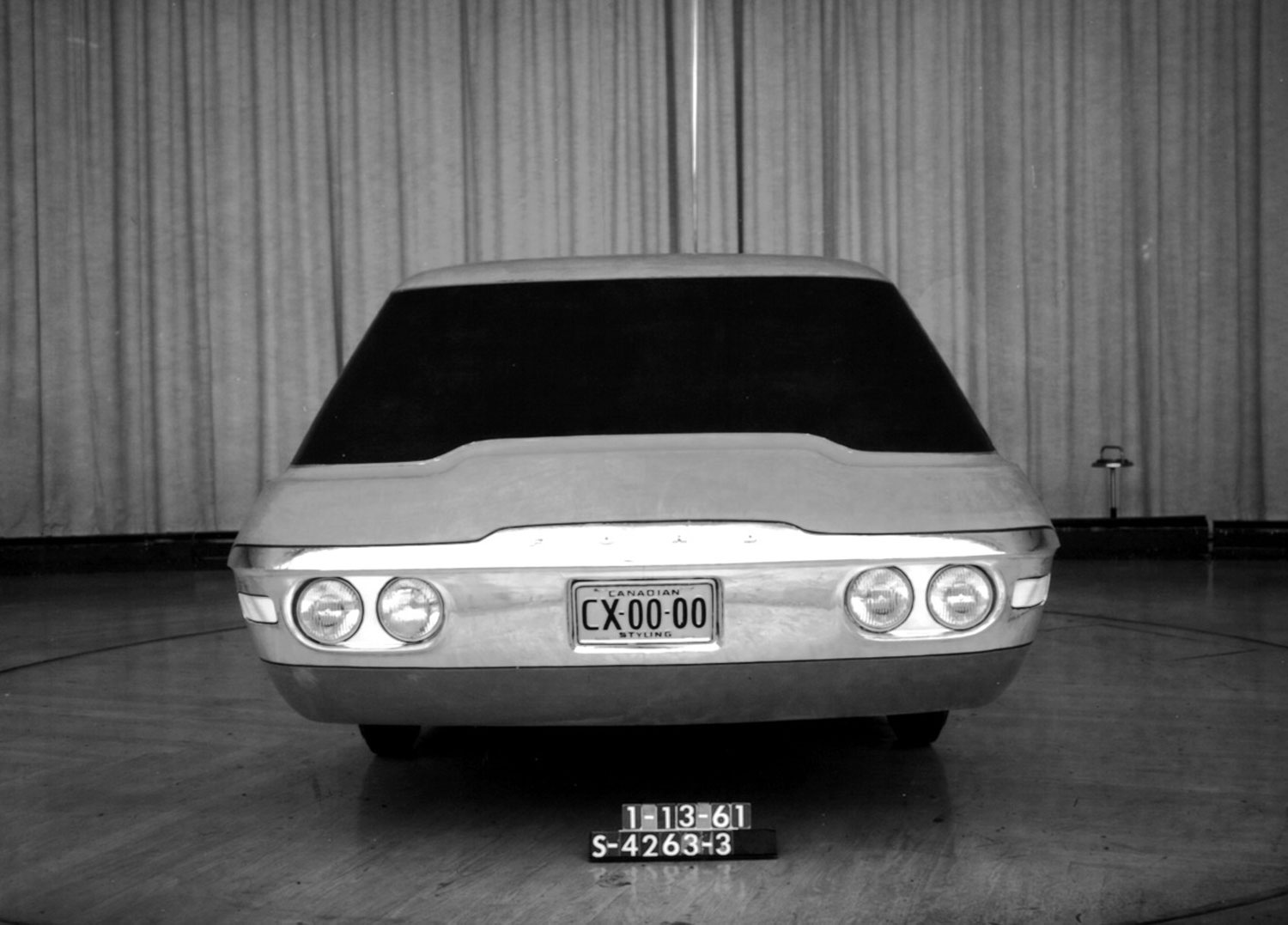
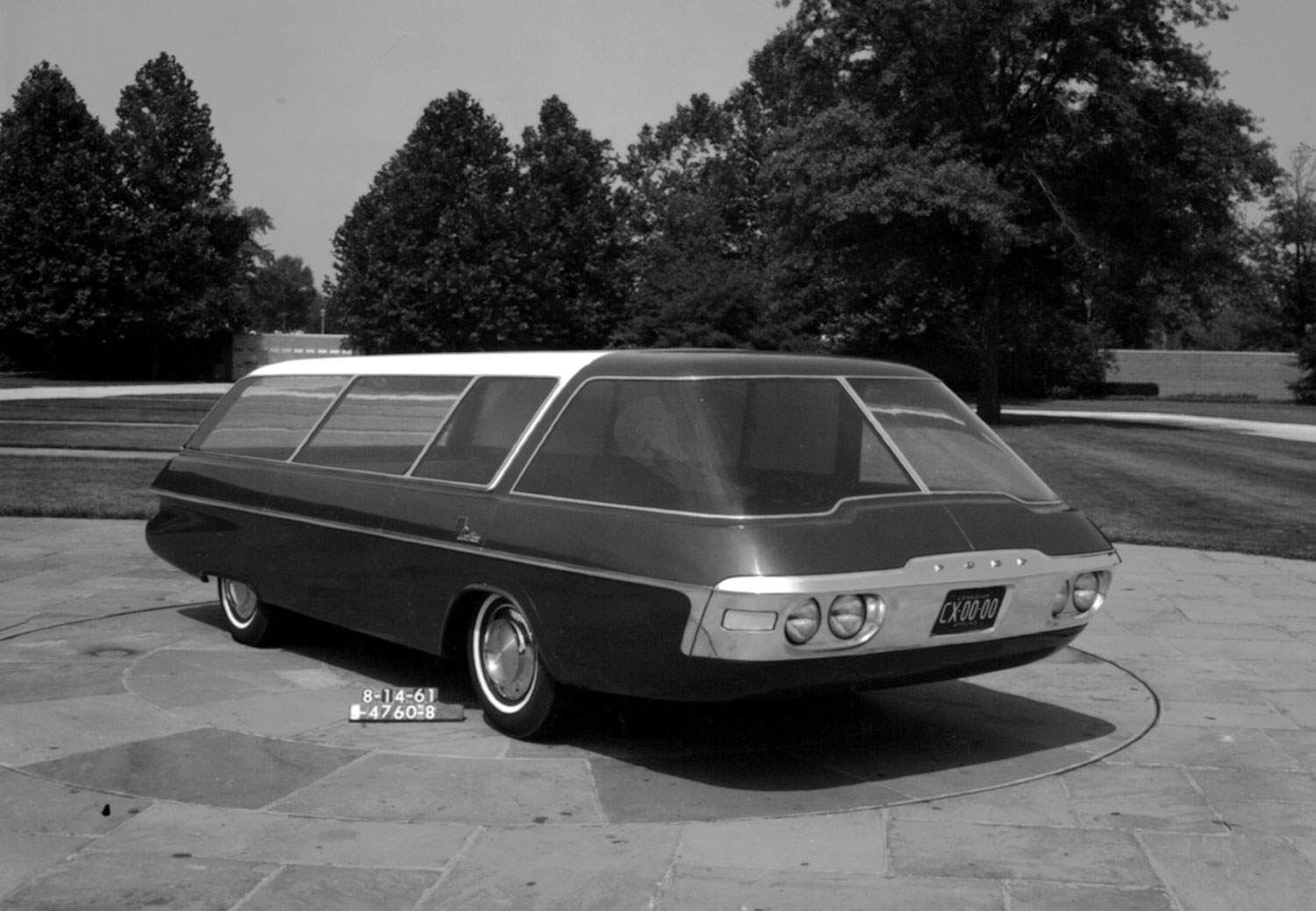
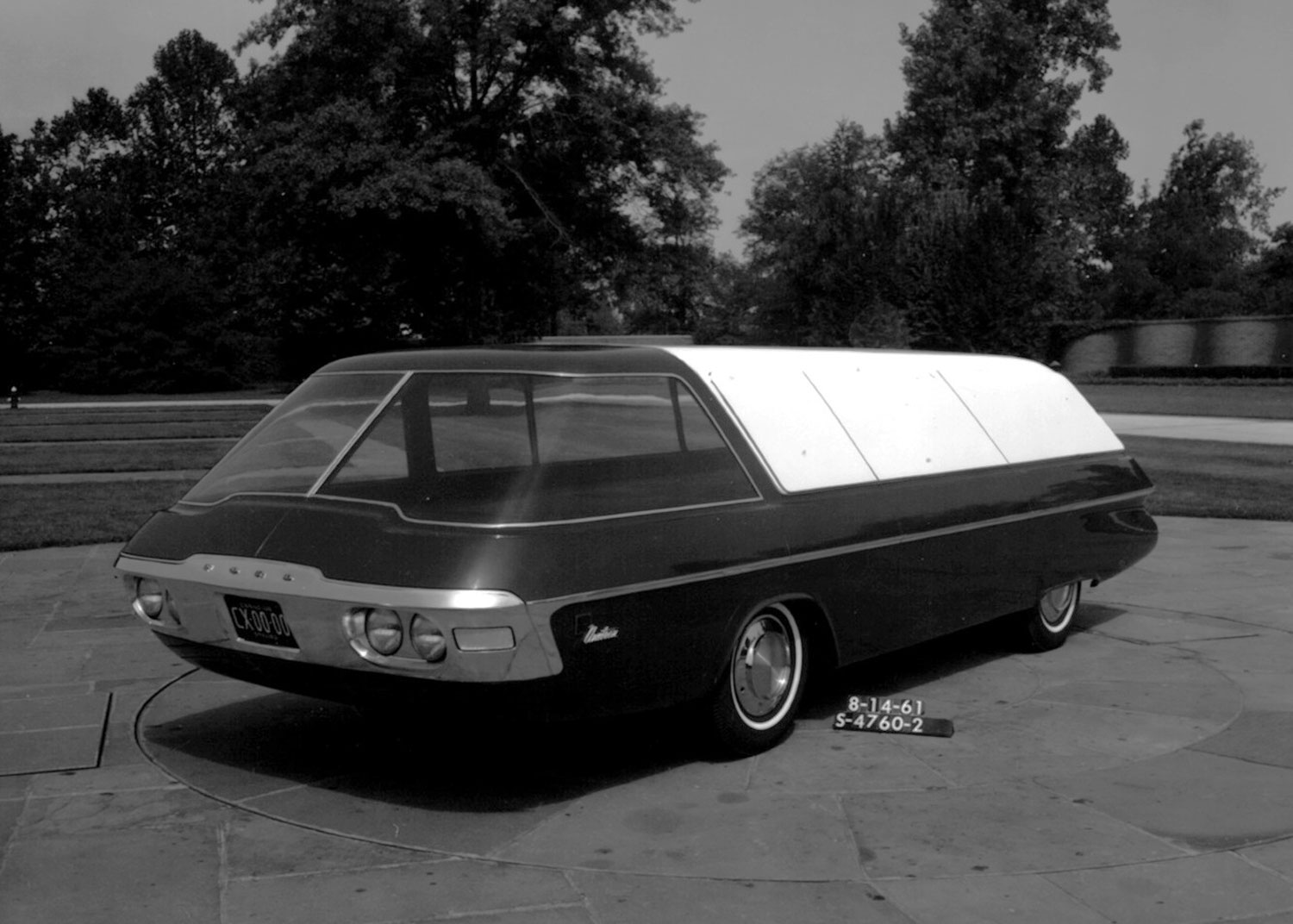
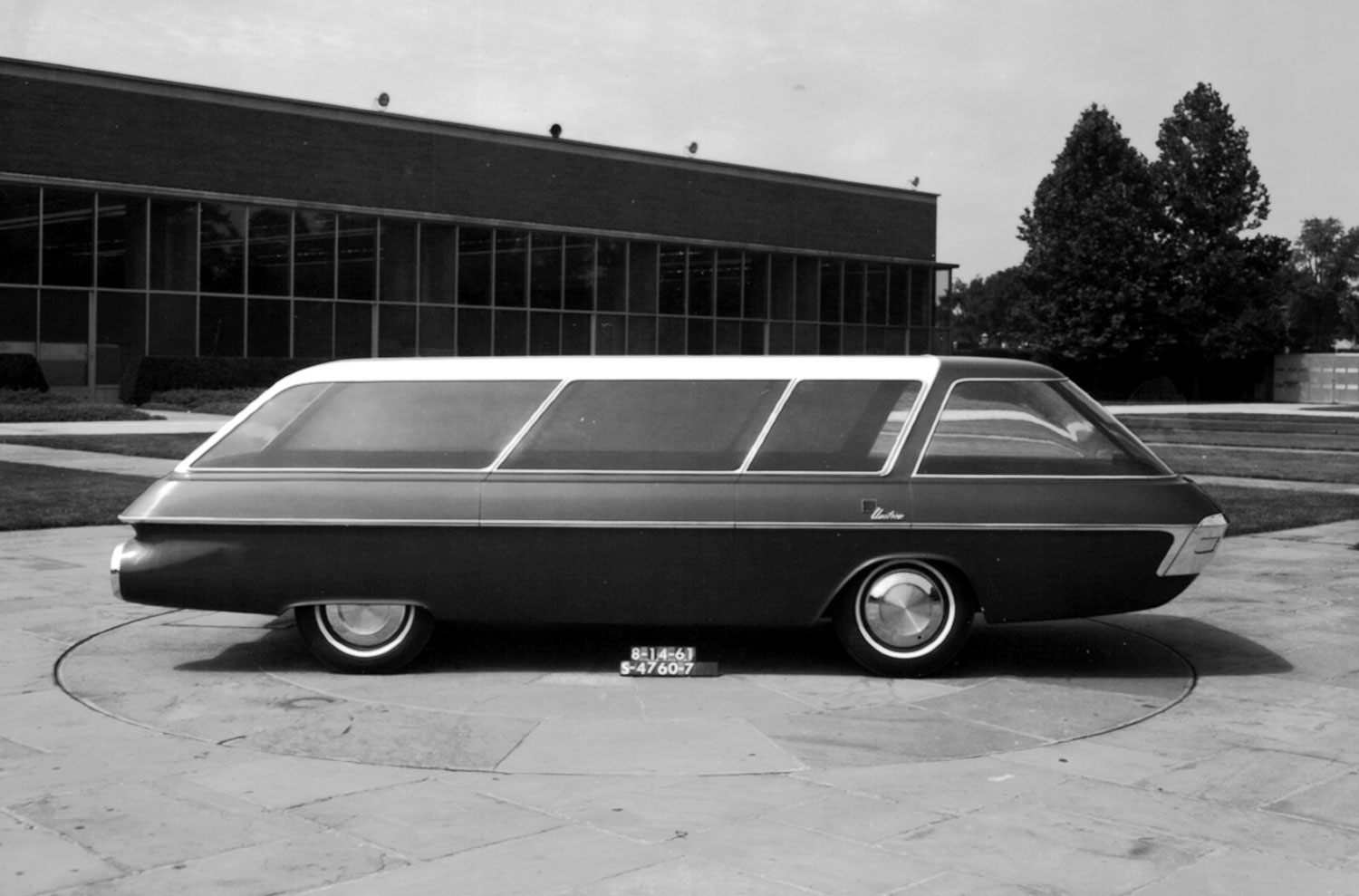
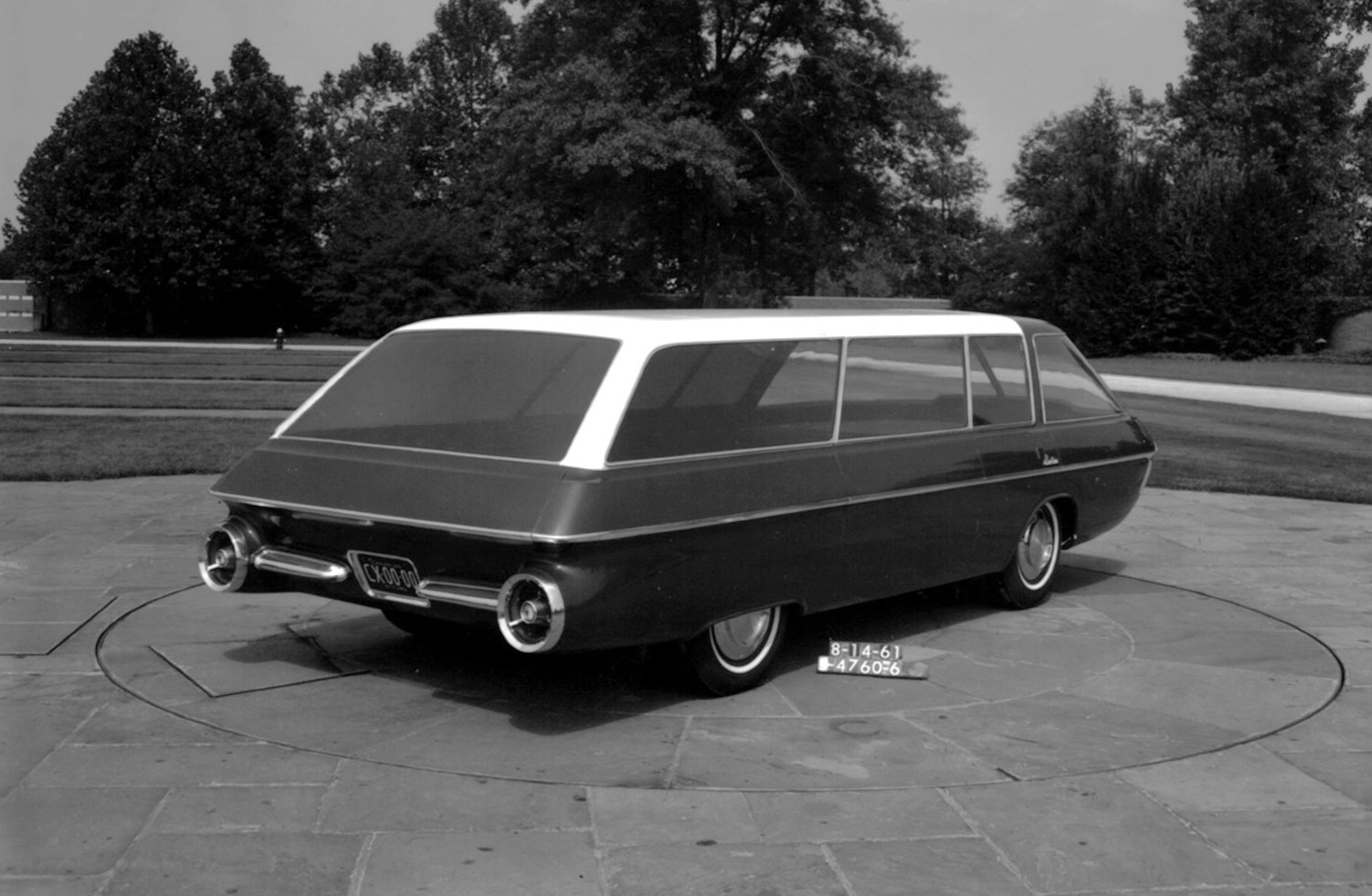
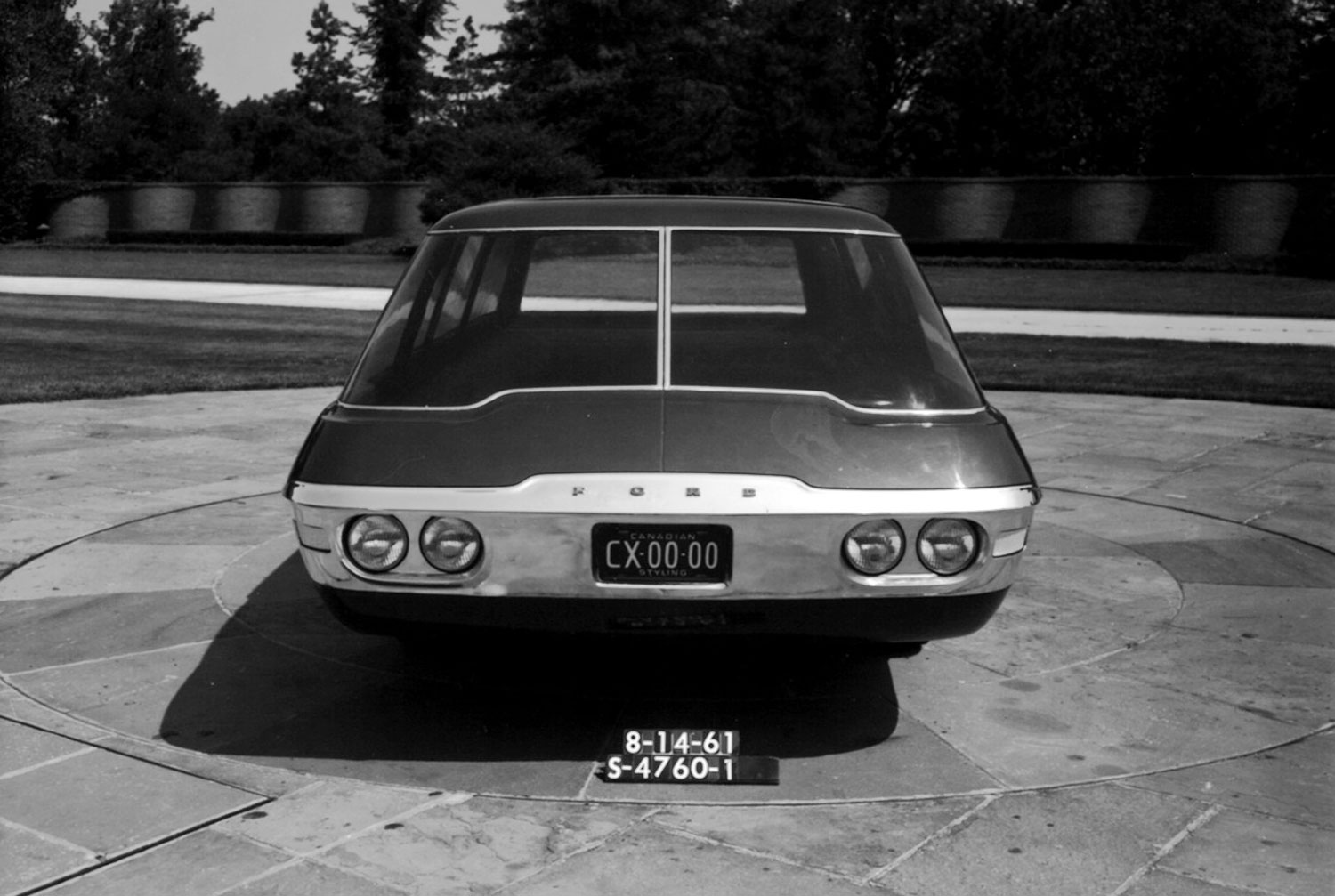
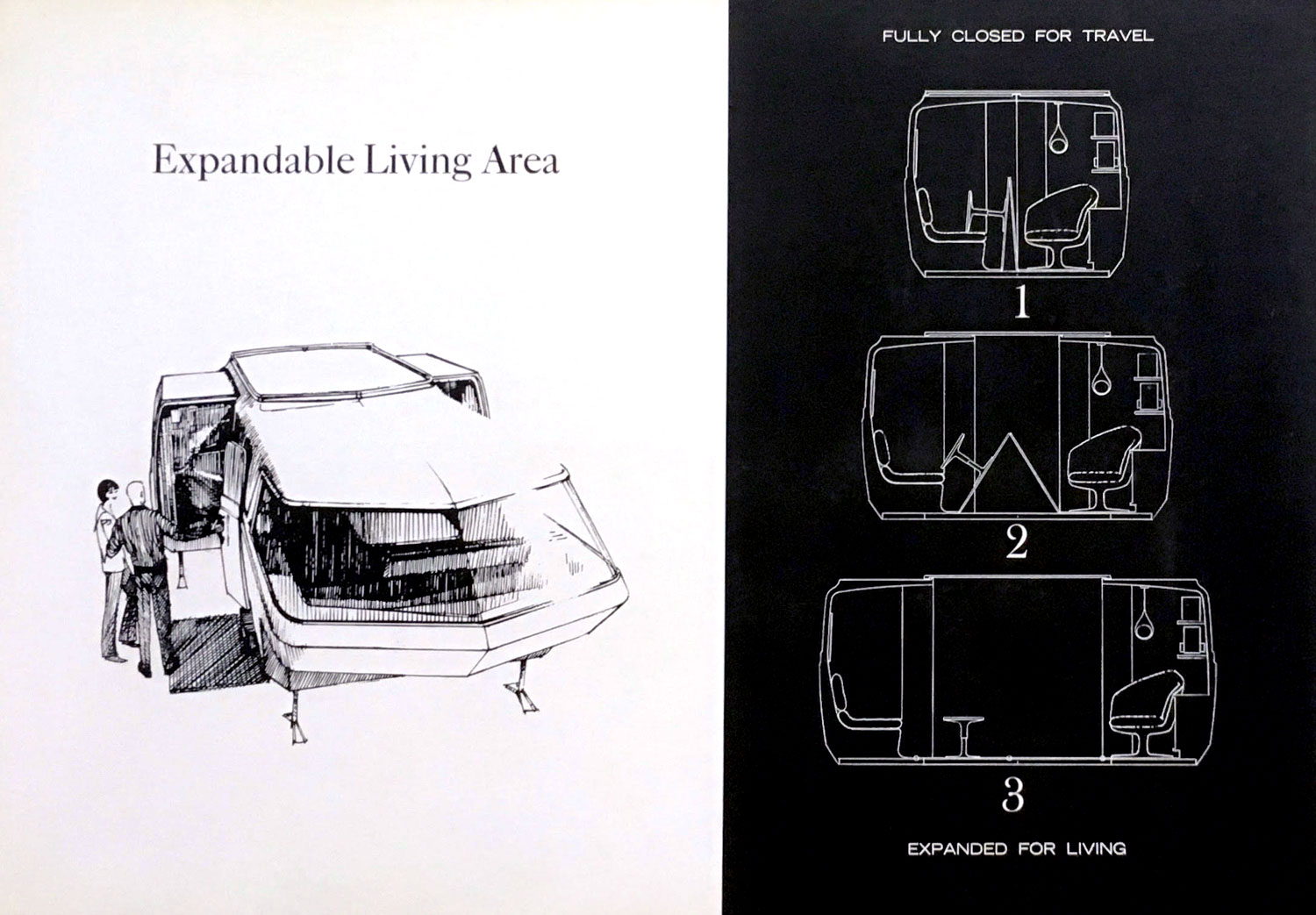
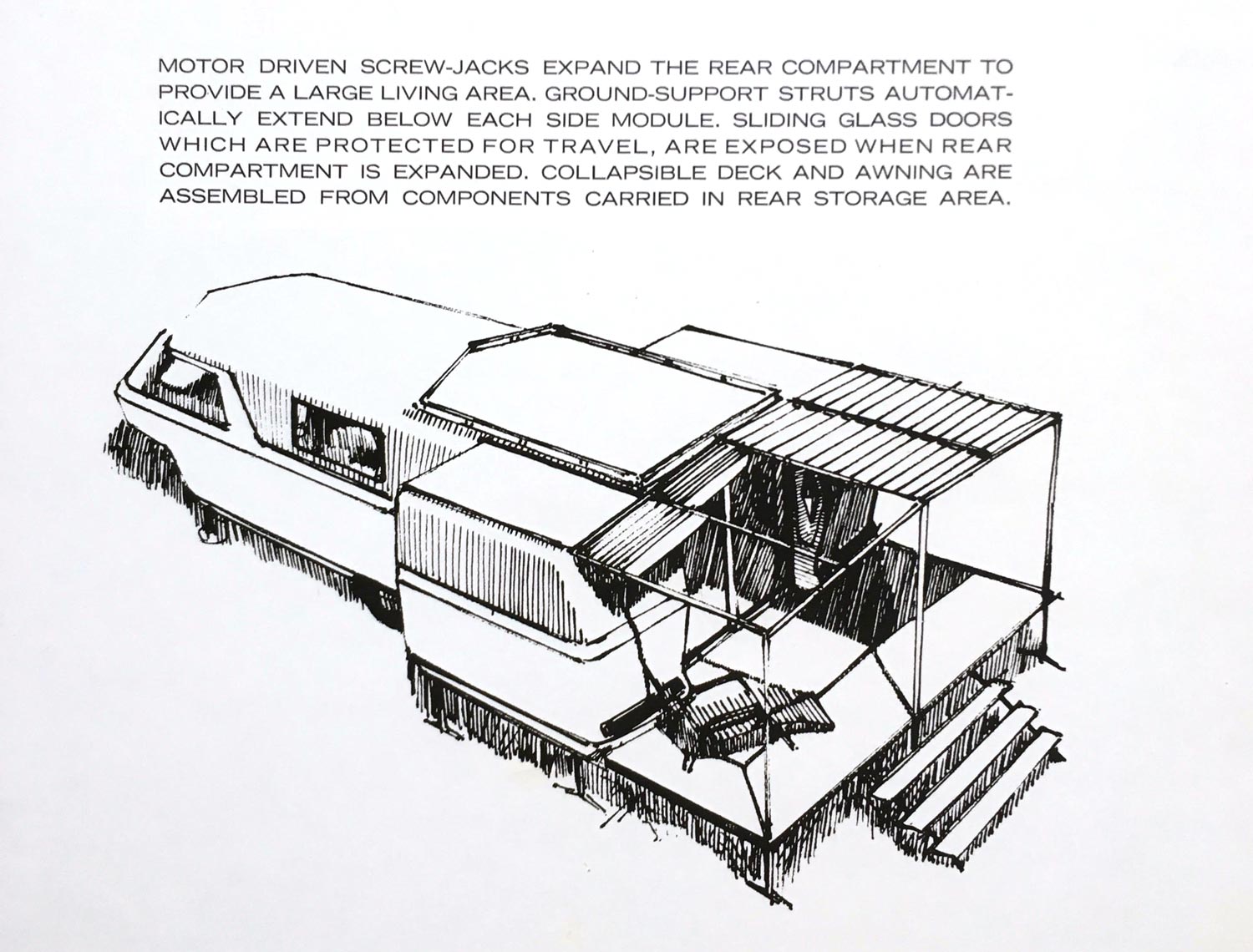
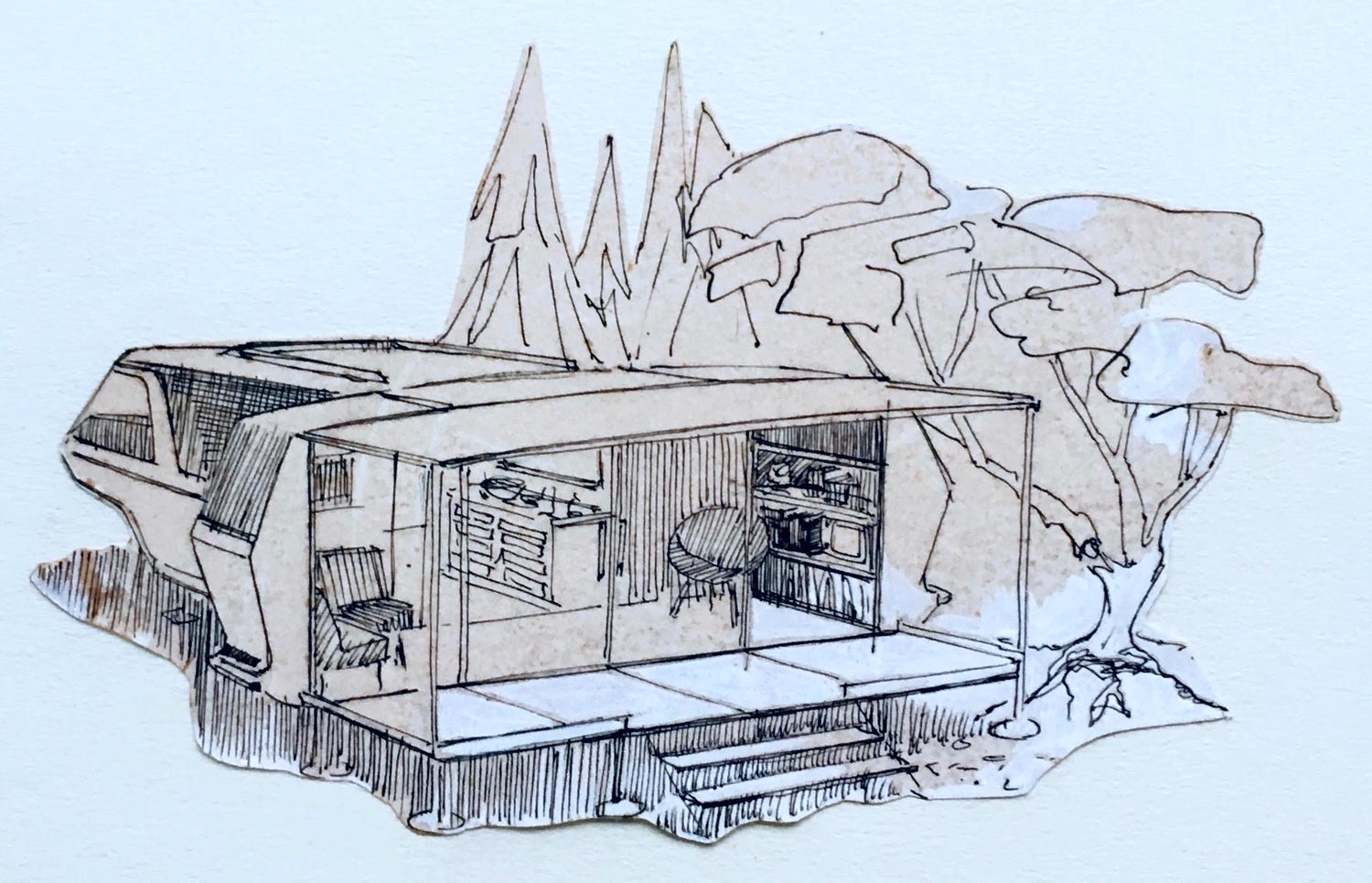
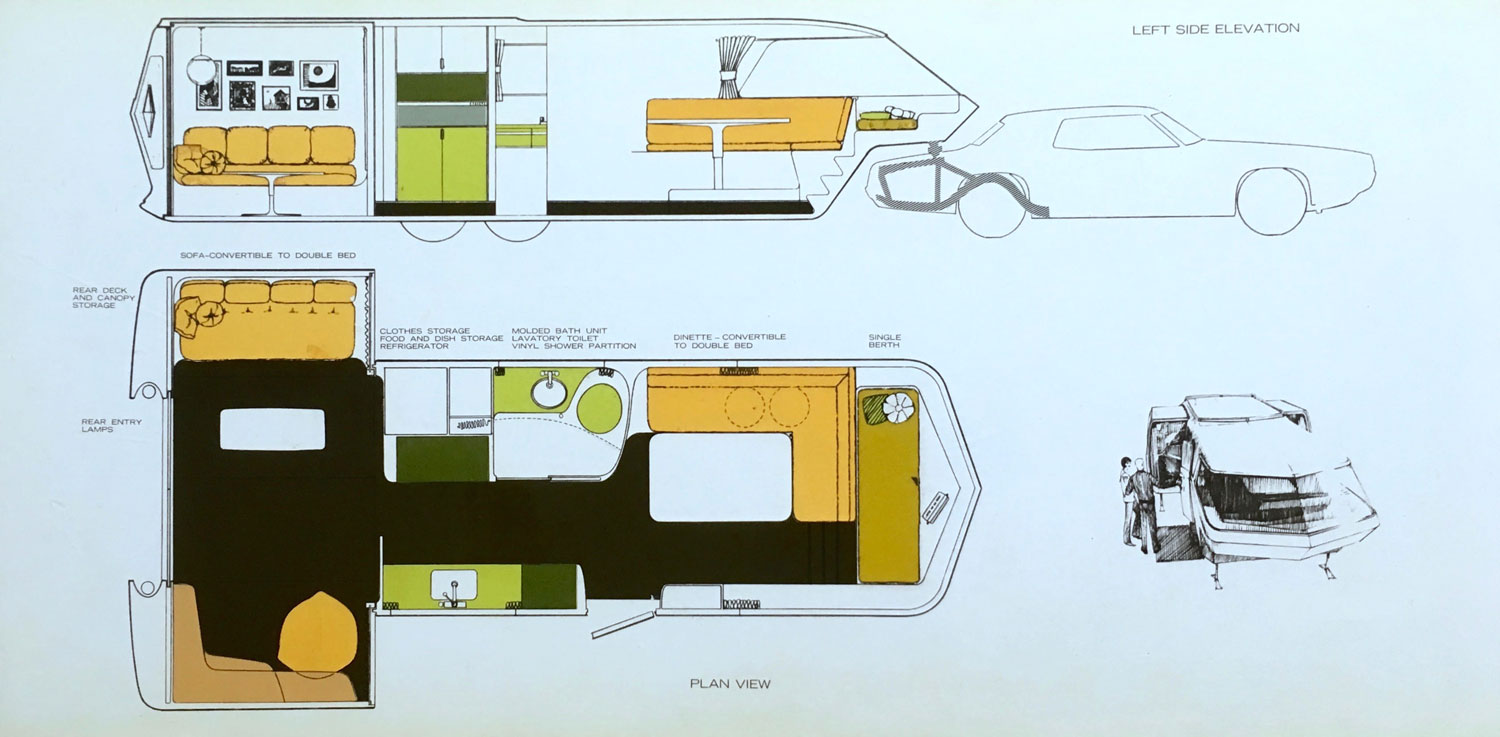
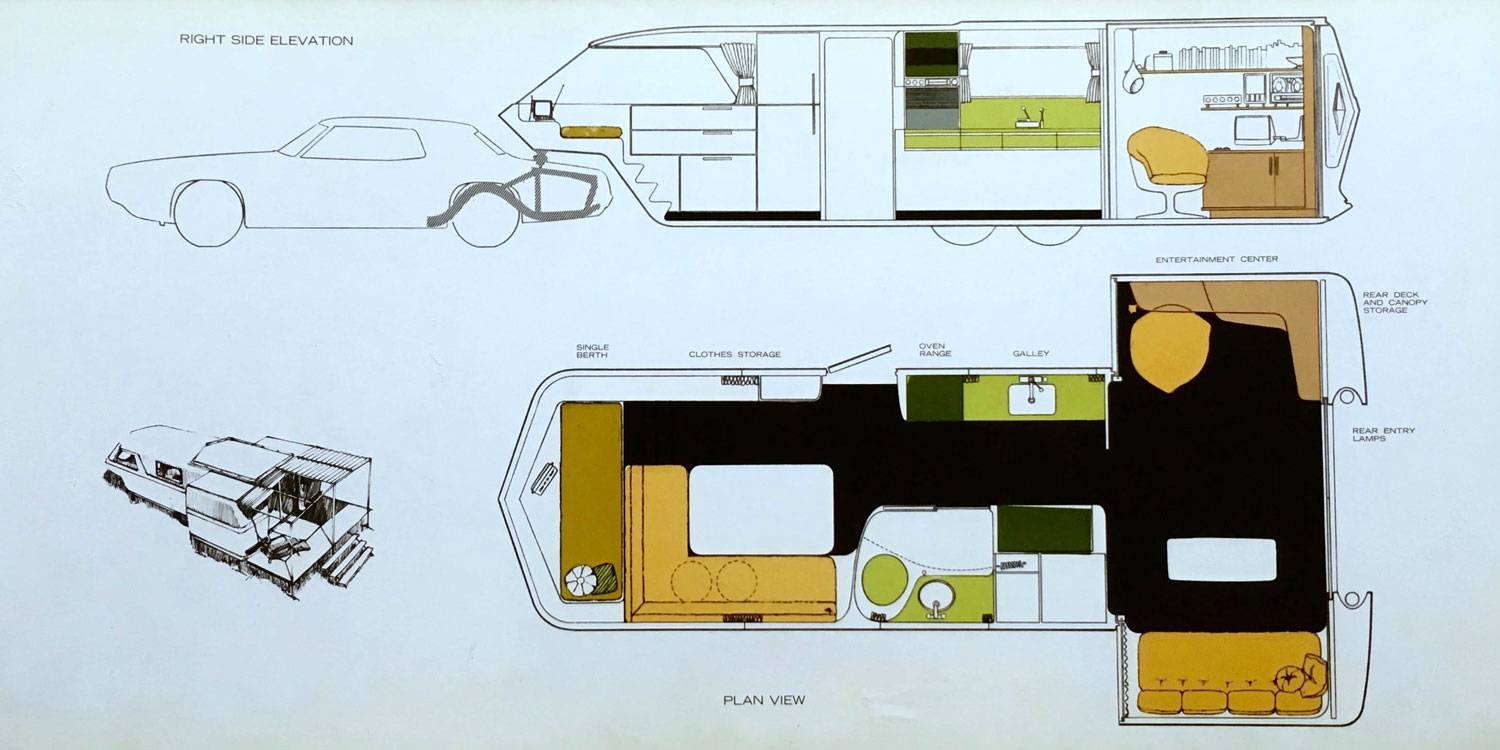
This idea and concept should have been put before focus groups at auto shows, sportsman shows and in front of AAA travel services members to determine if the marketplace was ready. I know that several vendors used Dodge trucks to create 1950s-1960s motorhomes, a couple of which I believe are still in existance !
James Duvall, I see at least one Dodge Motor Home on the road every year, to this day. Saw one about 4 months ago, in patina condition. Also saw a GM last year. Everybody I ever talked to who was an owner said the GM was the best thing since toasted bread; one owner had over 400,000 miles on his. GM dropped the ball somewhere here since this vehicle SHOULD have established/taken over where, guess what, the Dodge Motor Home left off….
I recall in the Mid-Sixties Motor Trend magazine showing various campers using stock cars, including a trunk fifth-wheel as shown above, along with various slide-in campers that fit wagons and car trunks.